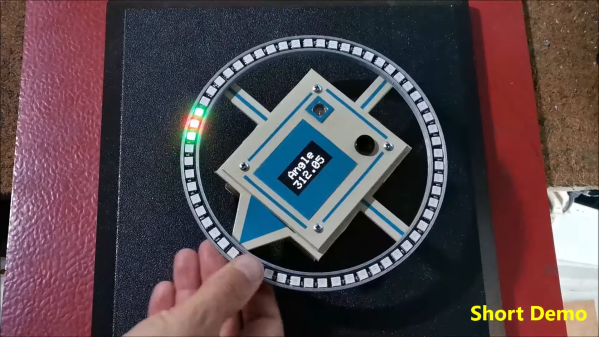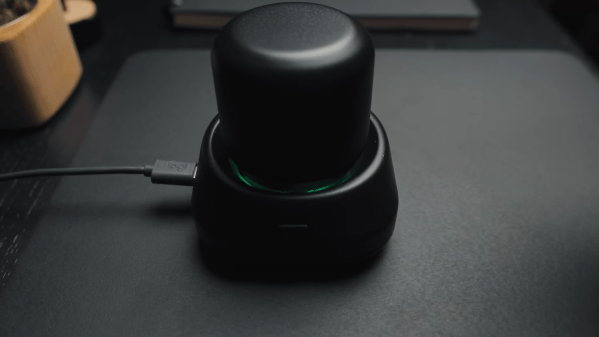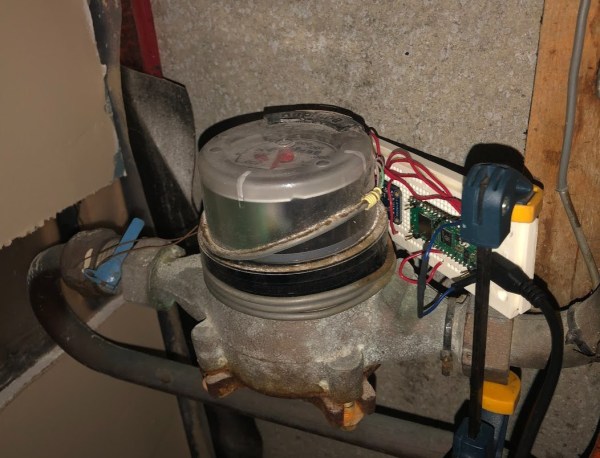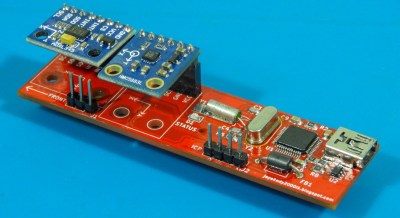Have you ever wondered how a magnetometer works? We sure have, which was why we were happy to stumble upon this article on simple homebrew fluxgate magnetometers.
As [Maurycy] explains, clues to how a fluxgate magnetometer works can be found right in the name. We all know what happens when a current is applied to a coil of wire wrapped around an iron or ferrite core — it makes an electromagnet. Wrap another coil around the same core, and you’ve got a simple transformer.
Now, power the first coil, called the drive coil, with alternating current and measure the induced current on the second, or sense coil. Unexpected differences between the current in the drive coil and the sense coil are due to any external magnetic field. The difference indicates the strength of the field. Genius!
Continue reading “Simple Stack Of Ferrites Shows How Fluxgate Magnetometers Work”



















